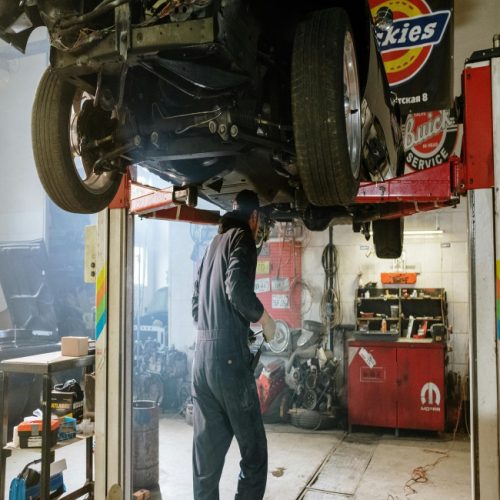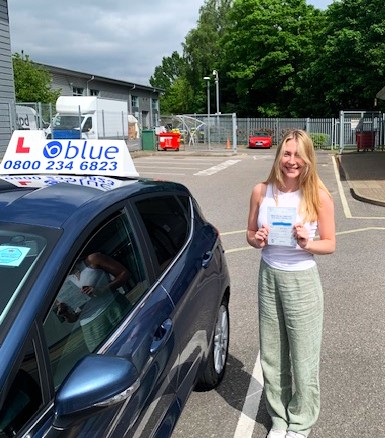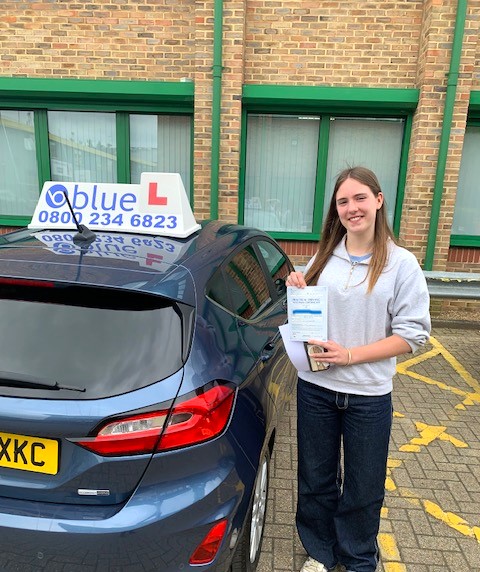
How to avoid paying the excessive wear and tear charge on a lease car
Posted in: Driving Tips, News.
How to avoid paying the excessive wear and tear charge on a lease car
People are increasingly deciding to lease a car rather than buy one outright. This is especially the case if they need to borrow money to make their purchase. Most use either a Personal Contract Purchase (PCP) or a Personal Contract Hire (PCH) arrangement. Both of which enable you to drive a brand-new car while paying a fixed monthly price. Often, that payment is lower than it would be if you were to go down the traditional car Hire Purchase (HP) route.

It is an arrangement that works well for most people, but neither of these contracts should be entered into without a lot of prior research. They are quite complex and there are some common pitfalls that people fall into when using them. One of which is the fair wear and tear clause.
What is the fair wear and tear clause?
In simple terms, a wear and tear clause is a standard that defines what is considered acceptable deterioration to a vehicle when it is returned at the end of a lease. Basically, if you do not buy the car at the end of the lease, it must not be in a worse condition than would be normal for a vehicle of that age.
That´s logical, and the concept is not difficult to understand, but the problem comes with how that standard is measured. You may think that you have kept the car in good condition. But if the lease company does not agree, they will charge you an extra fee.
It is important that you find out if this clause is a part of the contract you are considering signing. You need to read it carefully and make sure that you fully understand it.
You need to ask the company you are using to clarify how they define fair wear and tear, ideally in writing. Most will do this by providing you with a list of what is not acceptable along with some examples to further improve your understanding.
Make keeping the car pristine your aim
However, to be safe it is best to keep your car in pristine condition from the start. That means protecting it from damage and wear, keeping it clean, and getting things fixed fast.
Protecting your car
Driving carefully and only parking it in secure places where there is plenty of space for other vehicles to park around you will help. It reduces the chances of being hit and of people scratching your car while trying to get into theirs.
Here are some other ways you can protect your car from day-to-day wear:
- Use high-grade cleaning products to keep the paintwork in good condition
- Wax your car regularly to protect against micro-scratching
- Use seat, headrest, and armrest covers
- Buy a boot protector
- Avoid carrying anything that may spill inside the car
- Avoid eating and drinking in the car, or use wet wipes to clean your hands afterward
- Invest in a set of high-quality mats
- Hoover your vehicle once a week using a high-suction vacuum to stop dust and hair from building up in any gaps
- Detail clean your vehicle regularly; this will enable you to spot and address any issues before they become a big problem
Get any repairs done fast
If you do have an accident, get any damage repaired as soon as possible. This will help to demonstrate that you have taken good care of the vehicle.
It will also avoid unnecessary wear and tear on the car´s components. Often, even in a low-speed accident elements of the braking and suspension system can be misaligned. The repair garage will spot and fix this before this causes too much damage.
Stick rigidly to the service schedule
Make sure that you do not send the vehicle in late for its service. Again, this demonstrates that you have taken the necessary steps to keep it in good condition.
Our last piece of advice is to make sure that everyone in the family is aware of the need to keep the car spotless. With their cooperation, it will be much easier to return the vehicle in an acceptable condition.
Tags: 5 Apr Car Money UK – How to avoid paying the excessive wear and tear charge on a lease car










